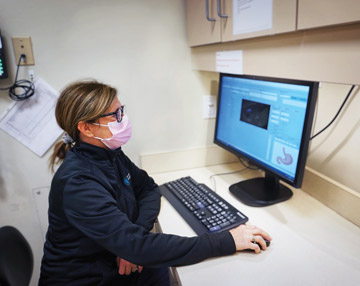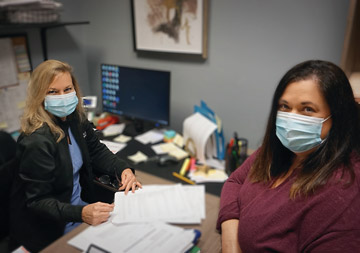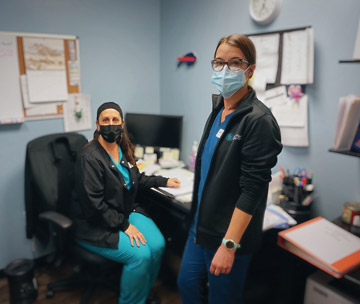Now's this for stressful? A surveyor from one of the main accrediting agencies knocked on our surgery center's door early one morning in October 2019. The surprise visit came on a day packed with cases and within a week of each of us taking on new administrative roles. It was also eight months before our official survey was scheduled to take place.
We handled the surprise visit like pros, mostly by being confident in our operations, and we welcomed suggestions the surveyor gave us. Those suggestions, in fact, prepped us for the official survey, which occurred last June. Prepping for a survey and passing it during the pandemic wasn't easy, but here are a few of the valuable lessons we learned along the way.
- Everyday excellence. Incorporating accreditation standards in your day-to-day work is the best way to ensure your center is ready for a spot inspection or one that's scheduled months in advance. The ultimate solution is to have good practices in place along the way.
Continuing education is key to making that happen. Don't put it off because you don't have a survey due for three years. Rather, act as if the survey is coming up soon, so you don't wind up cramming for the inspection. We have an online education platform and staff members have to participate in an annual curriculum. We tweak it slightly each year to keep it fresh, but it includes boilerplate material covering OSHA standards, how to handle biomedical waste, hand hygiene practices and fire safety compliance. Our thought is we don't have to worry about whether staff is up to date on accreditation standards if they're educated on the current versions each year.
.svg?sfvrsn=be606e78_3)



.svg?sfvrsn=56b2f850_5)